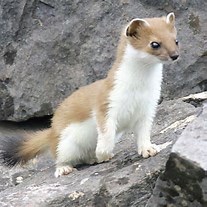barrowjh
One Too Many
- Messages
- 1,398
- Location
- Maryville Tennessee
The velour and other furry finishes can be achieved with any fur; after the hat body is felted, the nap is intentionally raised and then trimmed back
tight-suede
hardly trimmed - peluche (furry)
in between the two above - velvet
Other terms were used to describe various degrees of the above; Borsalino had a peach finish, some others referred to a casmere.
I remember from a previous discussion of this topic that the nutria made a generally stiffer felt, and was therefore more likely to be used for a working cowboy's hat than for a fedora buyer that might prefer 'buttery soft' felt (BEAVER!). Maybe it was Major Moore that told me that instead of seeing it in a previous thread. Too much scotch . . .
tight-suede
hardly trimmed - peluche (furry)
in between the two above - velvet
Other terms were used to describe various degrees of the above; Borsalino had a peach finish, some others referred to a casmere.
I remember from a previous discussion of this topic that the nutria made a generally stiffer felt, and was therefore more likely to be used for a working cowboy's hat than for a fedora buyer that might prefer 'buttery soft' felt (BEAVER!). Maybe it was Major Moore that told me that instead of seeing it in a previous thread. Too much scotch . . .



